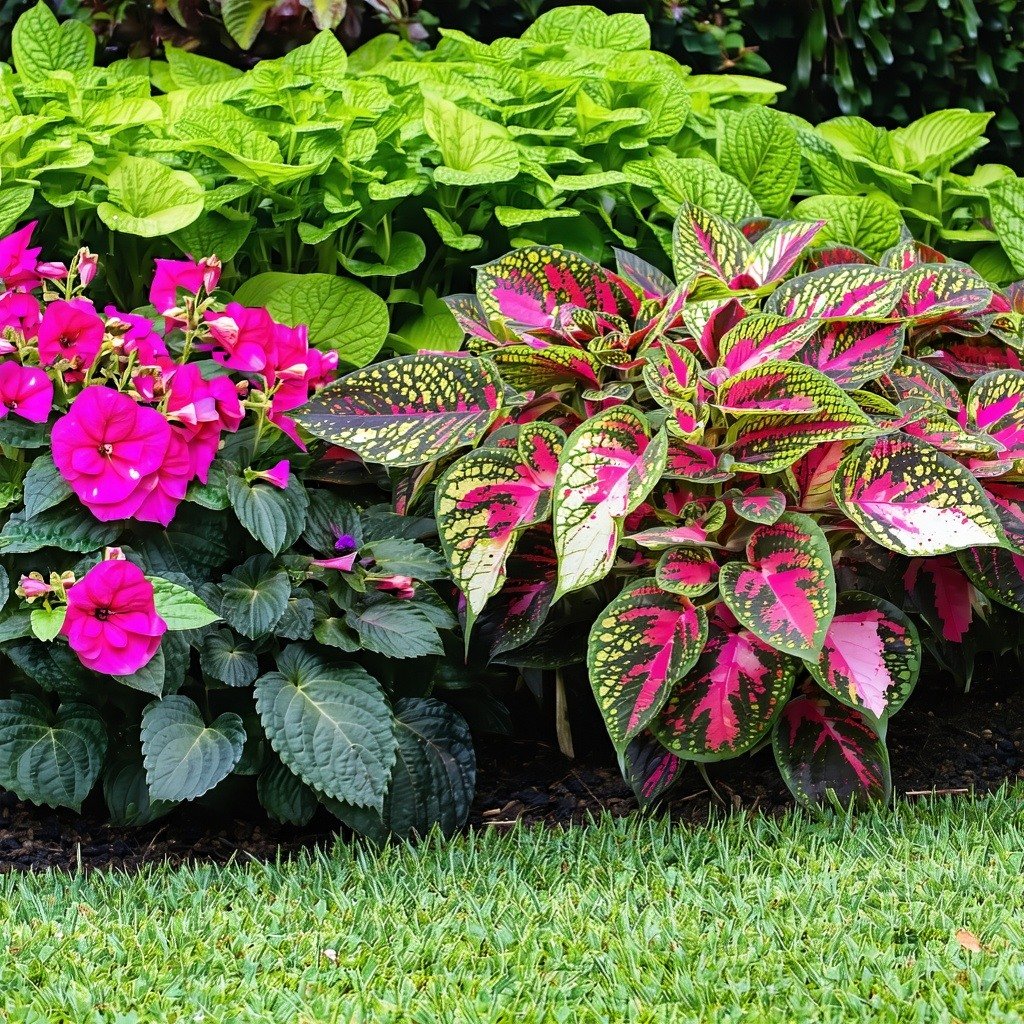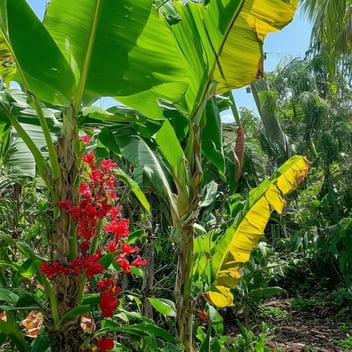Annual Plants That Thrive in SEQ's Humid Climate
Introduction
Gardening in South East Queensland (SEQ) presents unique challenges due to its humid climate. Selecting annual plants that are well-adapted to these conditions is crucial for cultivating a flourishing garden. By choosing species that thrive in humidity, gardeners can enjoy vibrant displays throughout the year.
Understanding SEQ's Humid Climate
SEQ's climate is characterized by elevated humidity levels, warm temperatures, and distinct seasonal rainfall patterns. These factors can significantly influence plant health, making it essential to select varieties that can withstand such conditions.
Criteria for Selecting Annuals in Humid Climates
When choosing annuals for SEQ gardens, prioritize plants that exhibit:
-
Humidity Tolerance: Ability to thrive in high moisture environments without succumbing to fungal diseases.
-
Disease Resistance: Innate resilience against common pathogens prevalent in humid climates.
-
Soil Adaptability: Capacity to grow in the local soil types, ensuring robust root development and nutrient uptake.
Top Annual Plants Suited for SEQ's Humid Climate
-
Impatiens (Impatiens walleriana): Ideal for shaded areas, impatiens deliver vibrant blooms and are well-suited for cooler garden spots.
-
Coleus (Plectranthus scutellarioides): Coleus are low-maintenance plants that thrive in warm temperatures and high humidity, and make a statement with their colorful foliage even in the shade.
-
Begonias (Begonia spp.): Hardy begonias are one of the most often seen shade-loving flowering plants. From summer through early fall, they display loose clusters of pink fragrant blooms.
-
Caladiums (Caladium spp.): Caladiums grow from tender summer flowering bulbs usually considered annuals in beds and containers.
Planting and Maintenance Tips
To ensure the success of these annuals:
-
Optimal Planting Times: Plant warm-season annuals in early spring after the last frost, and cool-season annuals in late summer or early autumn.
-
Soil Preparation: Enrich soil with organic matter to improve drainage and fertility.
-
Watering Practices: Apply a balanced, slow-release fertilizer at planting time.
Pest and Disease Management in Humid Climates
The warm and moist conditions of SEQ's climate create an environment where pests and diseases can thrive, posing challenges for gardeners cultivating annuals. Implementing proactive and integrated management strategies is essential to maintain plant health and ensure vibrant displays.
Common Pests and Diseases Affecting Annuals in SEQ
-
Aphids: These small sap-sucking insects can cause distorted growth and transmit viral diseases.
-
Powdery Mildew: A fungal disease that manifests as a white powdery coating on leaves, often exacerbated by high humidity.
-
Leaf Spots: Caused by various fungi, these present as discolored spots on foliage, leading to premature leaf drop.
Preventative Measures and Organic Control Methods
-
Cultural Practices: Ensure proper spacing between plants to facilitate air circulation, reducing humidity around foliage and deterring fungal growth.
-
Regular Monitoring: Inspect plants frequently for early signs of pests or diseases, allowing for prompt intervention.
-
Biological Controls: Introduce natural predators, such as ladybugs for aphids, to manage pest populations organically.
-
Organic Sprays: Utilize neem oil or insecticidal soaps as eco-friendly treatments against common pests.
Designing a Humidity-Resilient Garden
Creating a garden that withstands SEQ's humid conditions involves thoughtful planning and design:
-
Diverse Plant Selection: Incorporate a mix of annuals and perennials to ensure continuous color and interest throughout the year.
-
Mulching: Apply organic mulch to retain soil moisture, regulate temperature, and suppress weed growth.
-
Strategic Plant Placement: Arrange plants to allow adequate air circulation, minimizing the risk of fungal diseases.
Shade Structures: Implement pergolas or shade cloths to protect sensitive plants from intense sun and reduce heat stress.
ConclusionEmbracing the diversity of annuals suited to SEQ's humid climate enables gardeners to cultivate lush and vibrant landscapes. By selecting appropriate species, employing diligent maintenance practices, and designing with climate resilience in mind, your garden can flourish despite the challenges posed by humidity. Experimentation and observation will further enhance your understanding, allowing for a personalized and thriving garden oasis.




